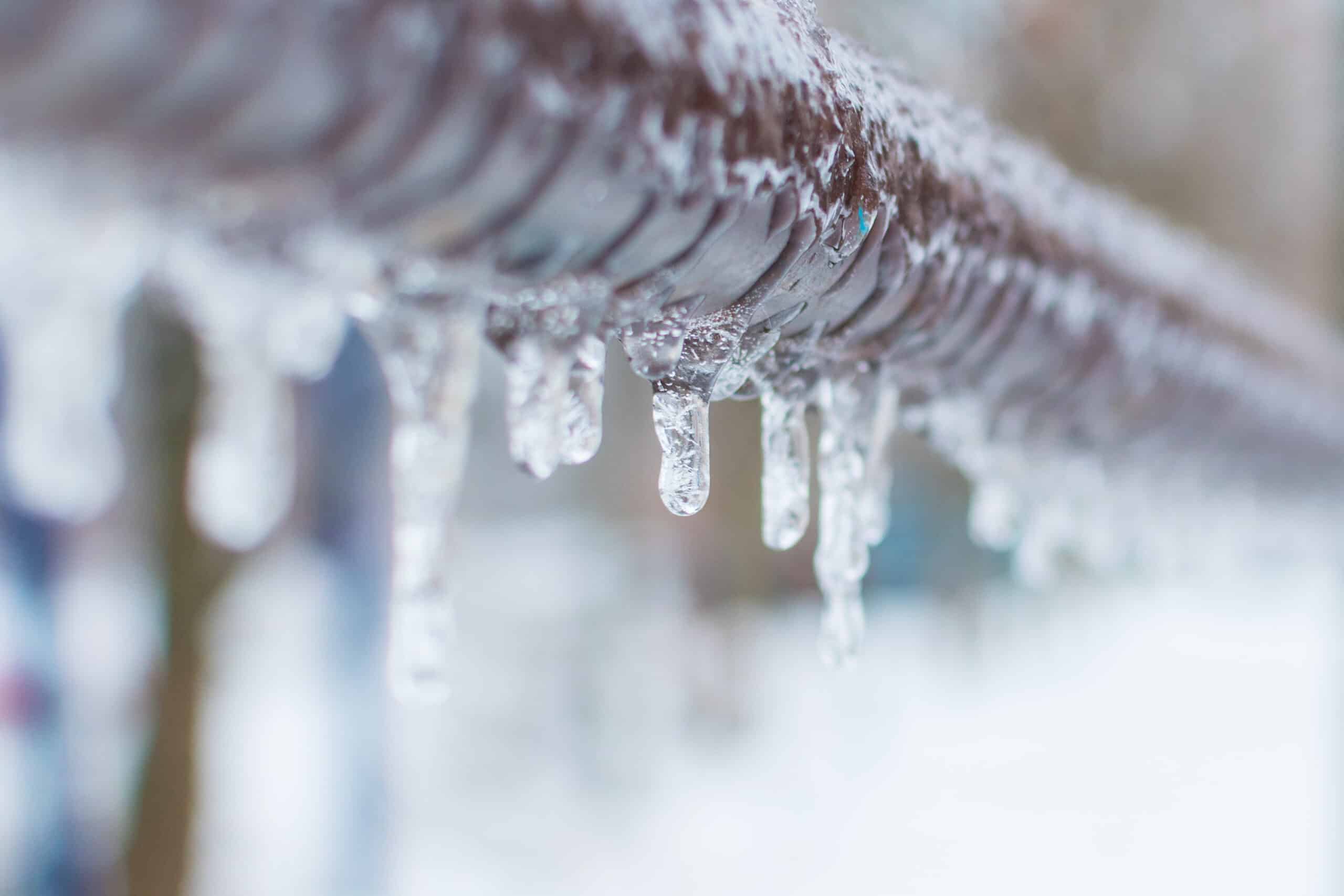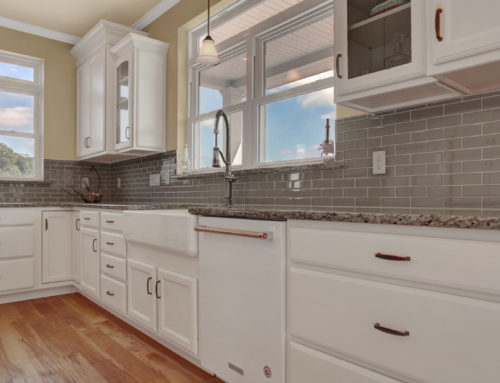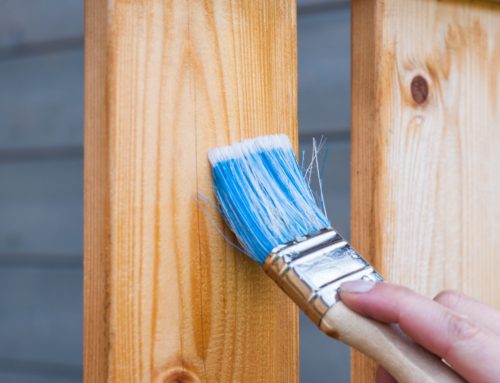You wake up early on a cold winter’s morning and reach for the kitchen faucet, but there’s no water. Now what? Frozen pipes are no joke. Low temperatures can cause your pipes to freeze and possibly burst, resulting in expensive water damage to your home.
In this article you will learn:
- Why pipe freezing is a problem
- How to prevent pipes from freezing
- How to thaw frozen pipes
Why Frozen Pipes Are a Problem
Not having any water until the pipe thaws is an inconvenience, but the situation could get more serious. Water expands when it freezes. Remember what happened to that bottle of soda you put into the freezer to chill quickly and forgot? Similarly, when water freezes in a pipe, it expands.
Water pressure builds up between the ice blockage and the closed faucet and sometimes the pipe bursts. Even a 1/8-inch split in a pipe can spew hundreds of gallons of water into your home. In fact, water damage due to pipes freezing and bursting is the second most filed insurance claim in the United States — with the average residential claim amounting to $10,000.
You may think frozen pipes are only a problem for people living in northern climates. However, there are just as many insurance claims in southern states, where homeowners run plumbing pipes on an outside wall or across an uninsulated attic thinking temperatures will never get low enough to freeze the water.
Prevention
You can reduce the risk of burst pipes by being proactive before winter weather strikes. First, seal air leaks in your home. Uninsulated pipes located on outer walls and in your attic, basement, garage, and crawl space are most vulnerable to freezing. The risk increases if there are holes in your home that allow cold air to flow across the pipes. For example, where the garden faucet comes in from the outside or the television line enters your home are prime places for cold air to reach pipes.
Extreme cold weather makes pipes freeze, but moving cold air is the real culprit. So, you need to determine how the frigid air could be getting in. Walk around your home and look for cracks and openings and seal them up with some expanded foam or caulk. Sealing the leaks will stop chilly air from getting in and go a long way towards preventing frozen pipes.
Next, you want to protect the pipe from subfreezing temperature with insulation. There are a lot of different tubular sleeve pipe insulations available at your local hardware or home improvement store. Since the pipe elbow is a common area for a break, miter the edges of the insulation, bring them together covering the curved connecting piece, and then put foam tape on to seal.
If your local news forecasts exceptionally low temperatures, here are some precautions you can take:
- Turn on all faucets to a slow drip.
- Open cabinet doors to allow warm air to get to pipes under sinks.
- Maintain thermostat temperature day and night.
- Keep entries to unheated spaces closed as much as possible.
Thawing Tips
If you wake up one winter morning, turn on the faucet, and only a trickle comes out, suspect a frozen pipe. First, stay calm. Just because your pipes are frozen does not mean they have burst. If you’re dealing with an exposed pipe, open the faucet. That way, you’ll see your results, and as the frozen area starts to melt, water moving through the pipe will help thaw the remaining ice.
Next, you have to go to the place you suspect the blockage has occurred and apply heat. If it’s under the kitchen or bathroom cabinets, open the cabinet doors and let the warm room air reach the pipes. Turn up the temperature in your house to create more heat circulation. Then, carefully heat the pipe with a portable heater or a hairdryer. Continue until there is a steady flow of water. Never try to thaw frozen pipes with an open flame – that is extremely dangerous.
If none of these thawing tips work or you don’t have access to the pipe, it’s in your best interest to call a licensed plumber who might bring in a pipe thawing tool. Bottom line, the best way to protect your home from frozen pipes is by taking preventative measures before the mercury plummets.











